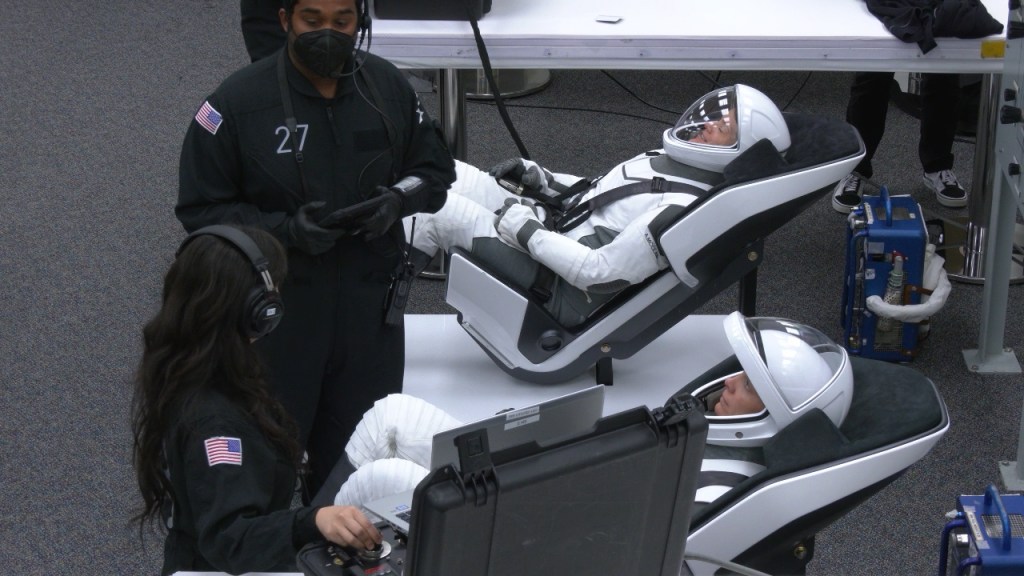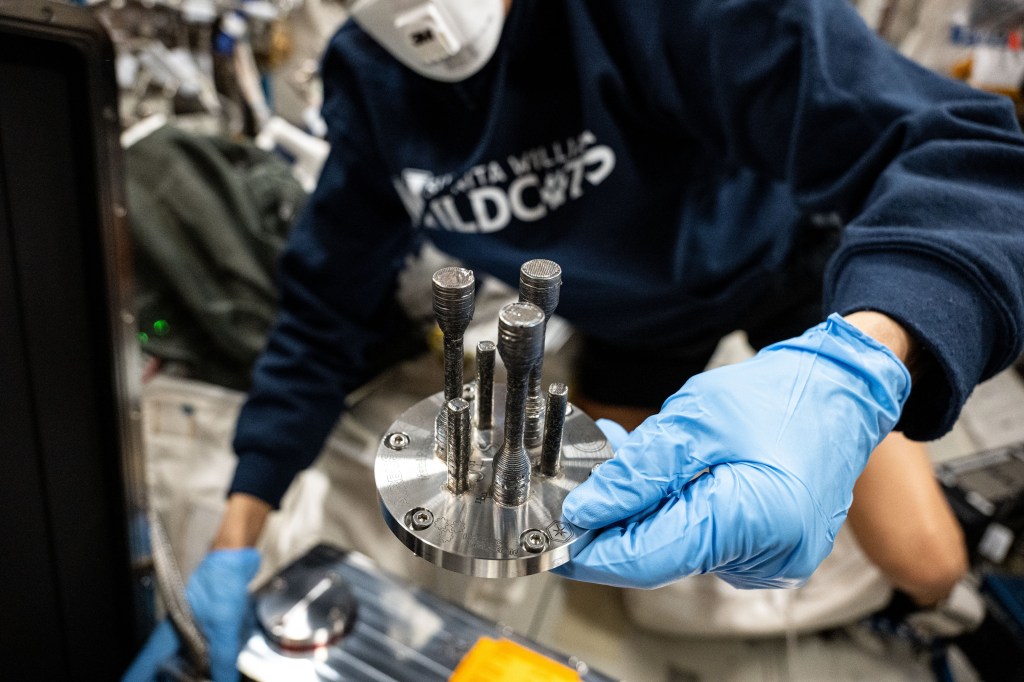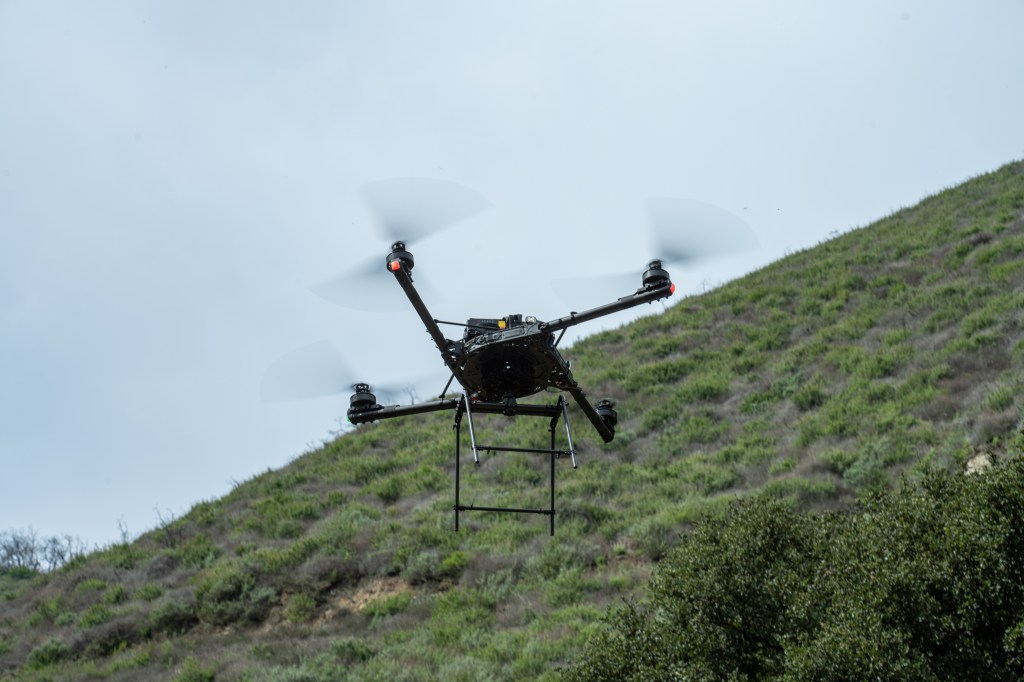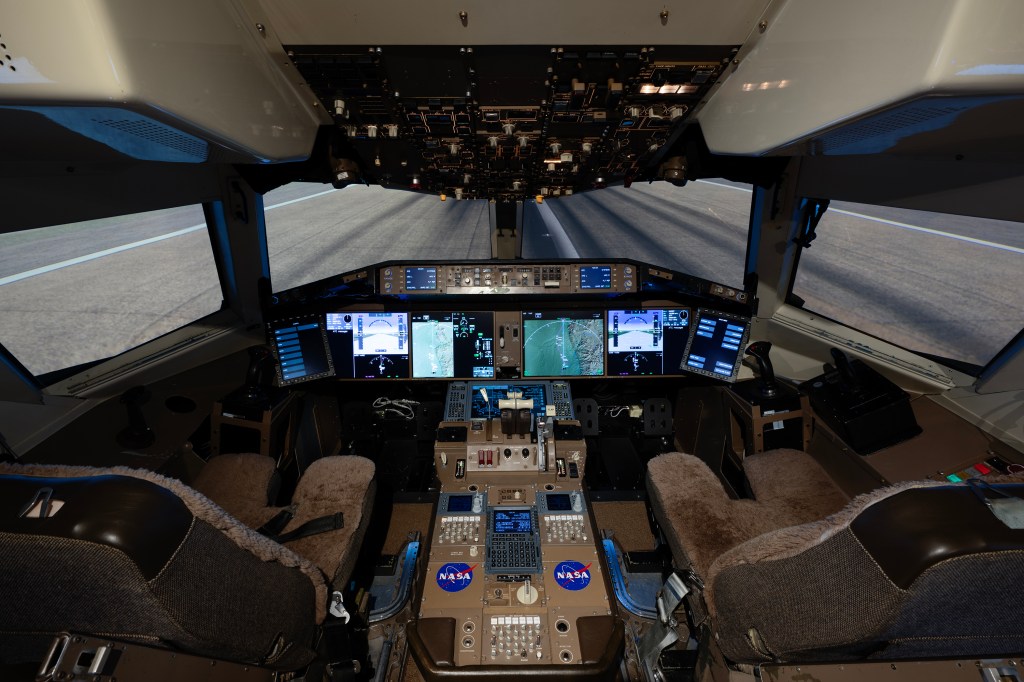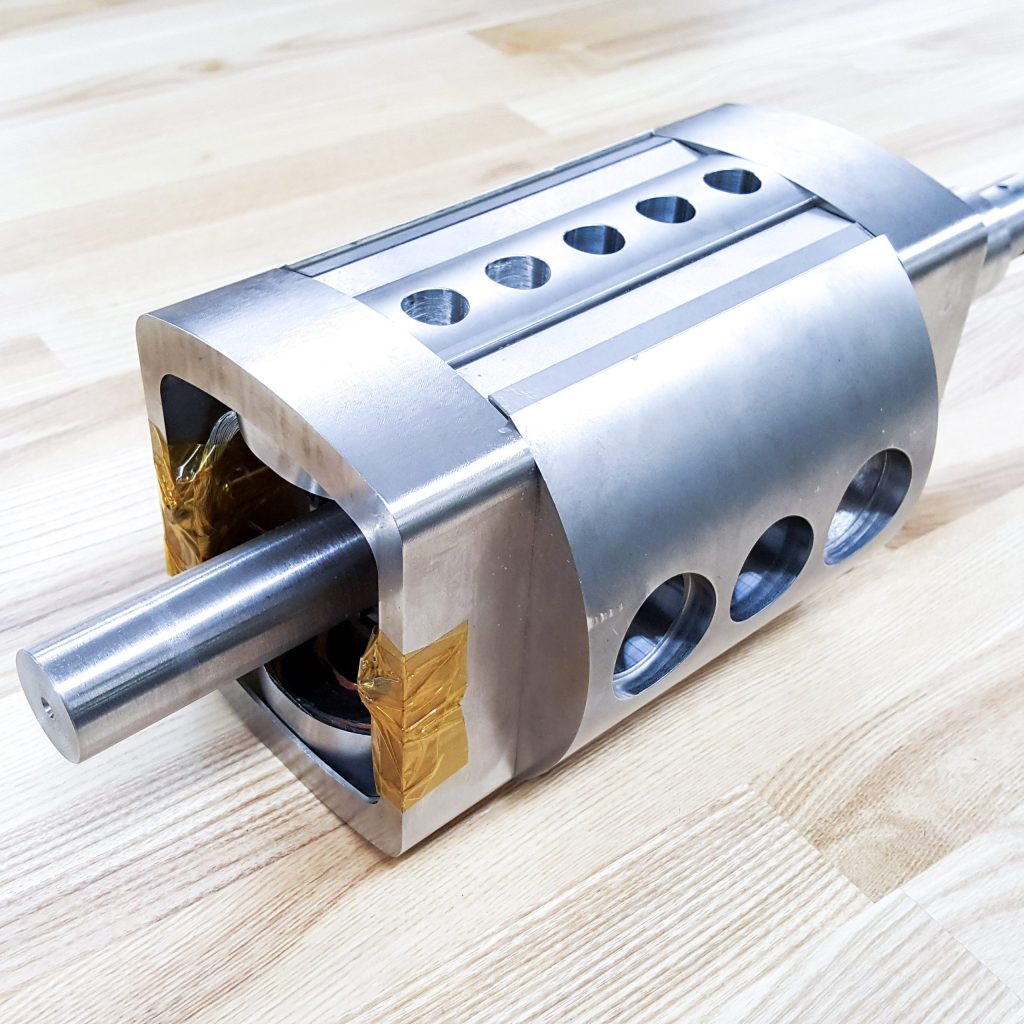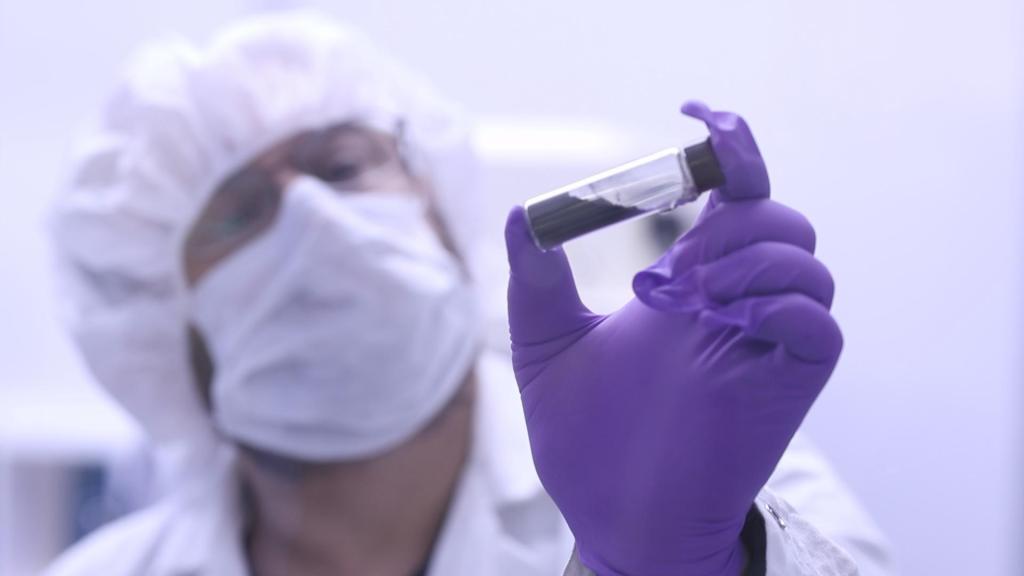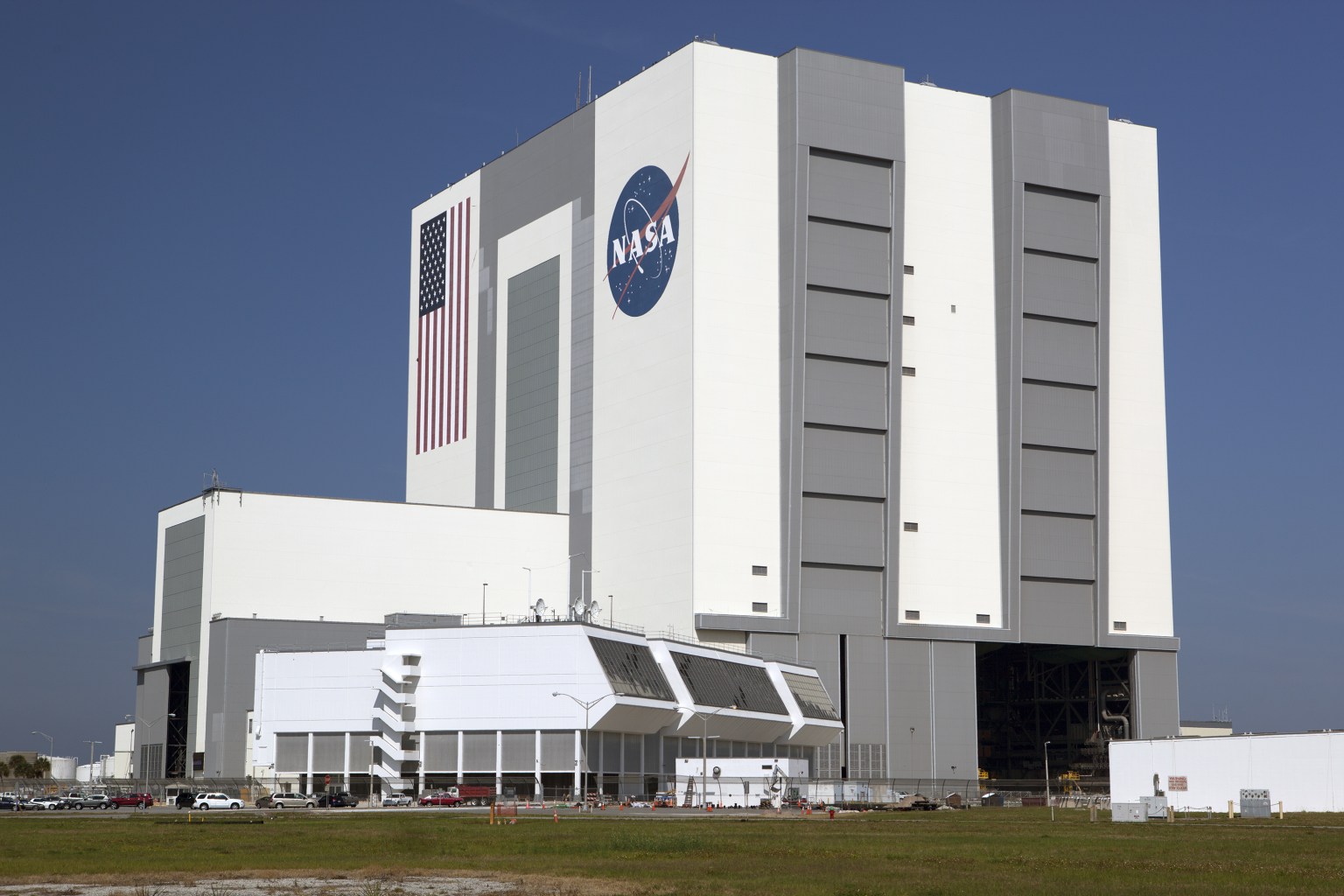NASA’s Ground Systems Development and Operations (GSDO) Program continues to make significant progress preparing Kennedy Space Center in Florida to launch the agency’s Space Launch System (SLS) rocket and Orion spacecraft that will take humans to new destinations in the solar system, including an asteroid and Mars.
NASA announced Wednesday the agency has completed a rigorous review process to transform Kennedy from a traditionally government-only launch complex to the world’s premier multi-user spaceport. Marking the completion of the milestone, NASA officials approved the program’s progression from formulation to development.
The approval is part of a thorough evaluation known as Key Decision Point C (KDP)-C, and provides a development cost baseline of $1.844 billion from Fiscal Year 2014 through a launch readiness date of no later than November 2018.
Conservative cost and schedule commitments outlined in the KDP-C align the GSDO program with program management best practices that account for potential technical risks and budgetary uncertainty beyond the program’s control.
“The GSDO program has performed extremely well in developing and implementing solid plans that will support the launching systems of the future,” said William Gerstenmaier, associate administrator for NASA’s Human Exploration and Operations. “These ground systems will be critical to the support of SLS and Orion. Tremendous progress has been made over the past several years on Vehicle Assembly Building modifications, pad upgrades and mobile launcher upgrades. Today at Kennedy you can see many of the major components of the launch infrastructure needed for SLS and Orion. This review milestone shows that there are solid plans to complete these facilities and support launch.”
NASA’s three explorations systems development programs, GSDO, SLS and Orion, have been pursing parallel development paths that keep each program progressing toward the first SLS and Orion mission. Individually, each program is making progress toward delivering its hardware in support of Exploration Mission (EM)-1 in Fiscal Year 2018.
“The team has made tremendous progress improving the infrastructure at Kennedy to support SLS and Orion,” said Mike Bolger, GSDO program manager. “Kennedy and its ground systems are a key component of sending humans to deep space destinations.”
At Kennedy, engineers and technicians have been improving infrastructure in ways that show the progress documented in the agency-level review.
The landscape at Launch Pad 39B, from where SLS and Orion will launch, has evolved over the last few years. A clean pad approach has replaced the fixed structures approach that supported space shuttle launches. The legacy flame deflector and Apollo-era bricks from both walls of the flame trench have been removed to make way for a new flame deflector and new steel-plated walls.
Inside the massive Vehicle Assembly Building, all of the work platforms in High Bay 3 were removed, and designs are underway for 10 levels of new platforms that will surround the SLS and Orion for testing and processing. All four of the large vertical lift doors have been repaired and upgraded.
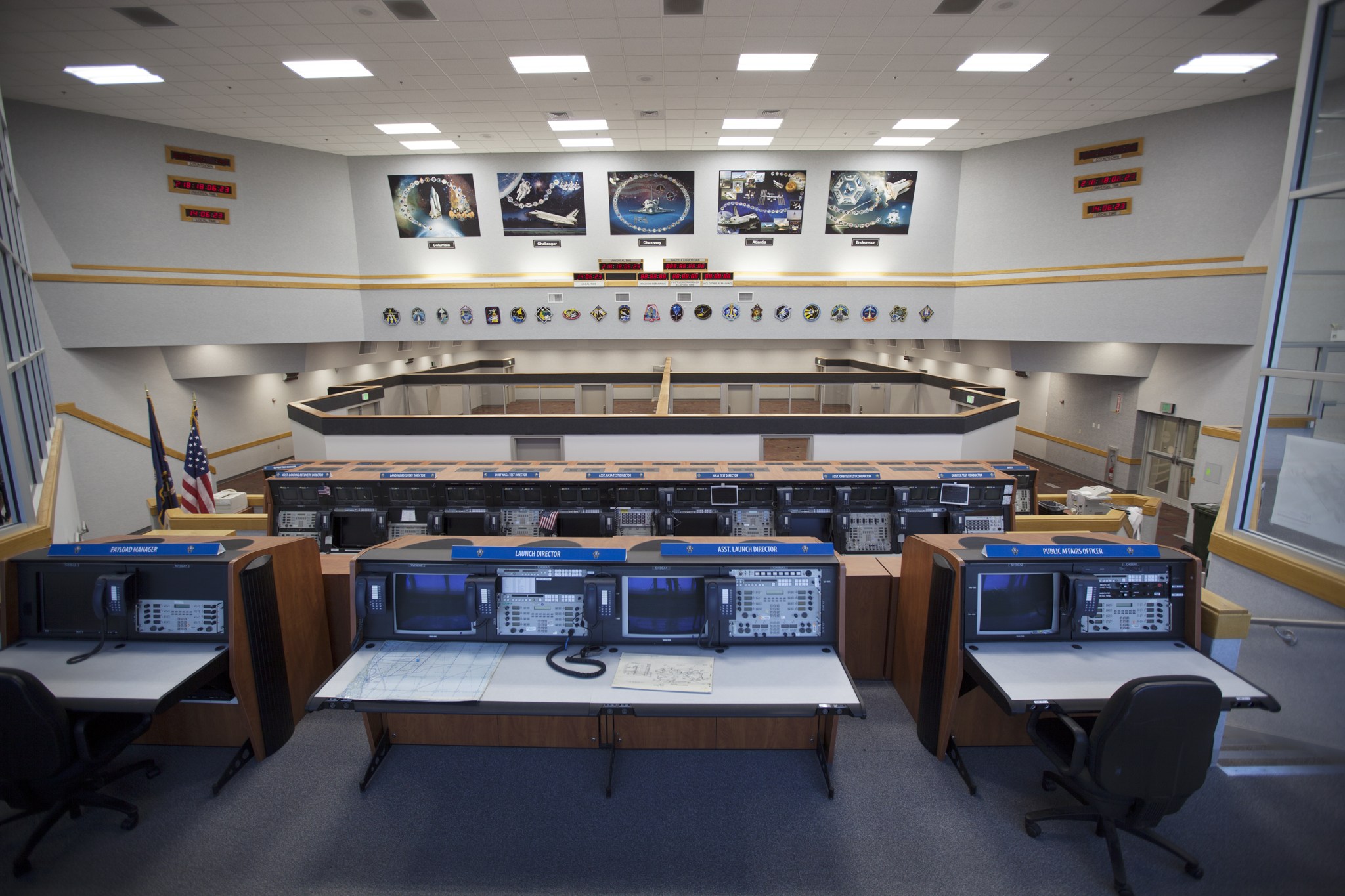
Firing rooms in the Launch Control Center have undergone extensive upgrades to meet the near- and far-term goals of the ground systems program. Firing Room 1 has been equipped to support the launch of Exploration Mission-1 and future launches of Orion and SLS. Firing Room 4 has been transformed into a multi-use control room that will support NASA and commercial needs, while the other two firing rooms have been dismantled and await identification of requirements for their use.
Modifications continue on the Mobile Launcher to strengthen it to accommodate SLS’ weight, size and thrust at launch. The existing 24-foot exhaust hole is being enlarged and strengthened for the larger, heavier SLS rocket.
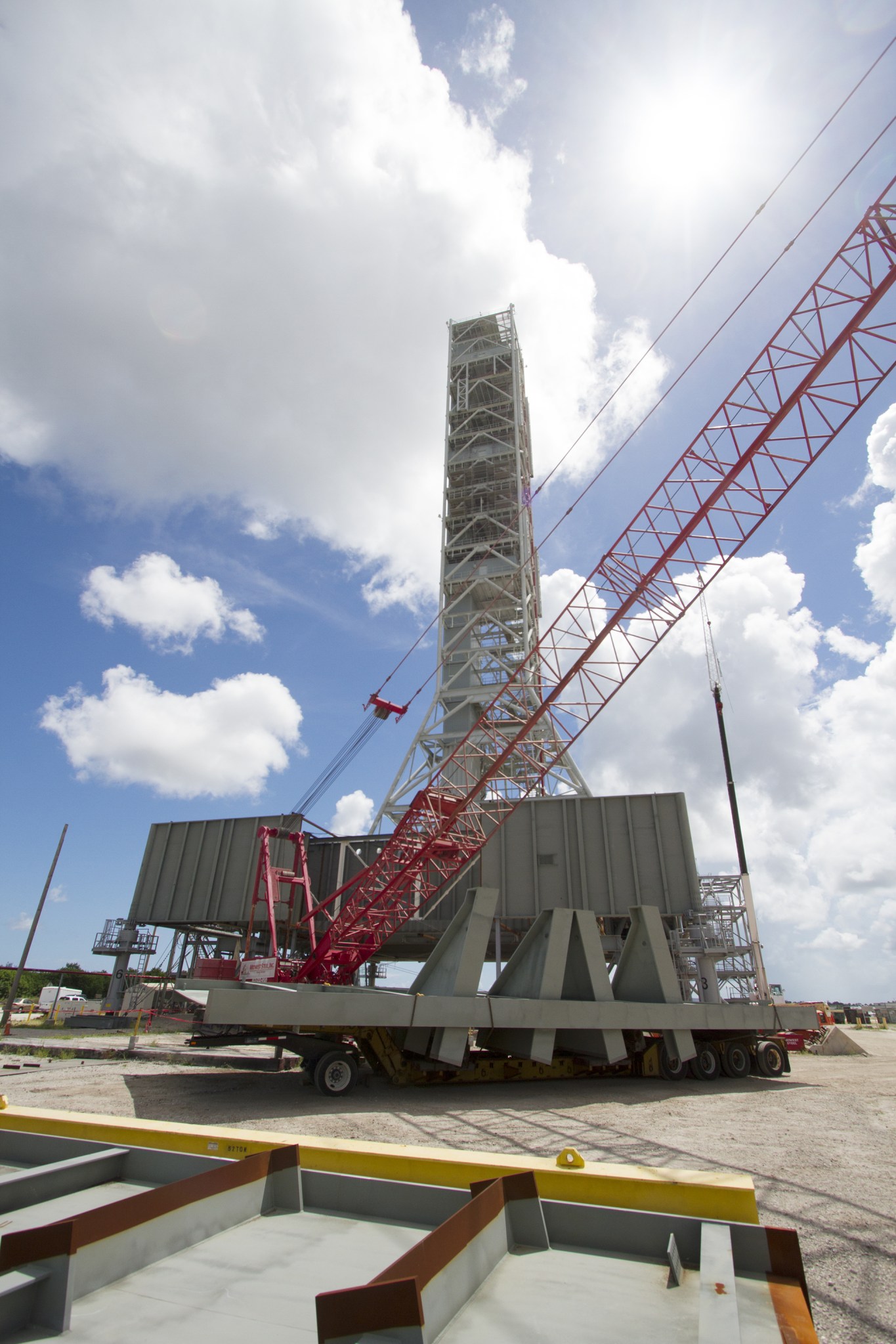
Crawler-transporter (CT)-2 has undergone a major tune-up to enable it to carry the SLS on the Mobile Launcher to the pad. Roller bearings and roller bearing assemblies have been removed and replaced. New air conditioner generators, electronics, cables, tubing and hydraulic components have been installed. CT-2 is now capable of carrying as much as 18 million pounds, well above the weight of the 130-metric-ton (143 ton) SLS and its payload.
The Multi-Payload Processing Facility underwent extensive upgrades and modernizations to support processing of the Orion spacecraft. The facility will be used for hypergolic fueling, ammonia servicing and high-pressure gas servicing and checkout of Orion.
The ground systems team continues to upgrade its skills, facilities and ground support equipment to safely handle a variety of rockets and spacecraft during assembly, transport and launch. The GSDO team and Kennedy are well positioned to support future vehicle processing and launch operations into the middle of this century.
By Rachel Kraft
NASA Headquarters
and
Linda Herridge
NASA’s John F. Kennedy Space Center






